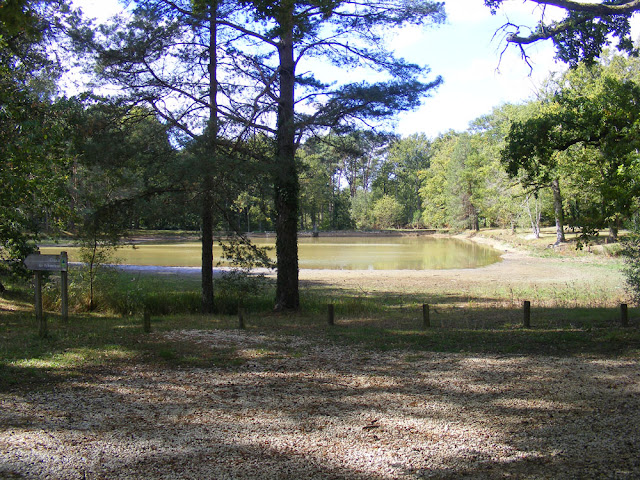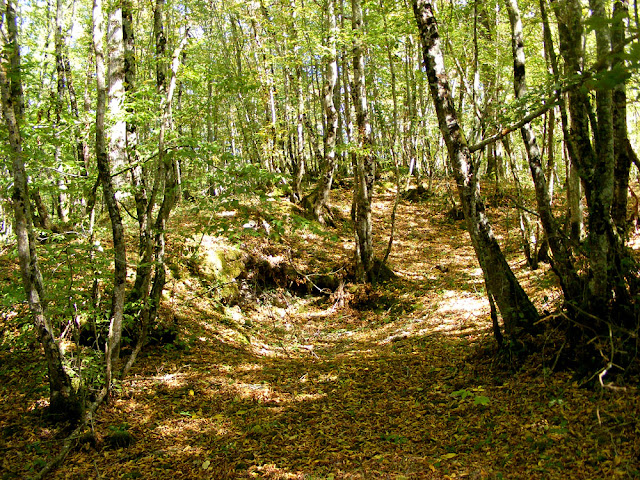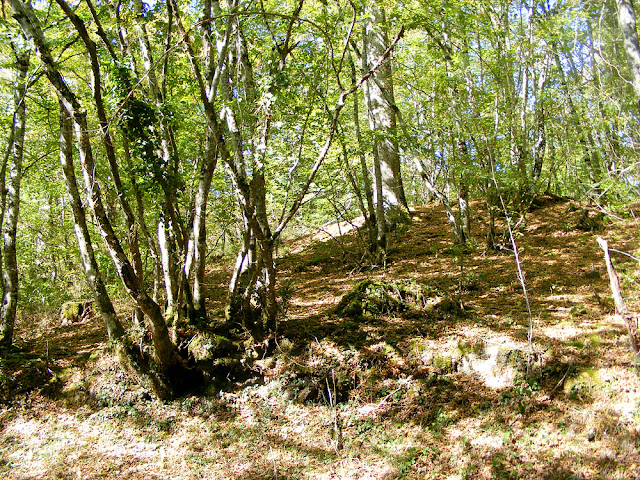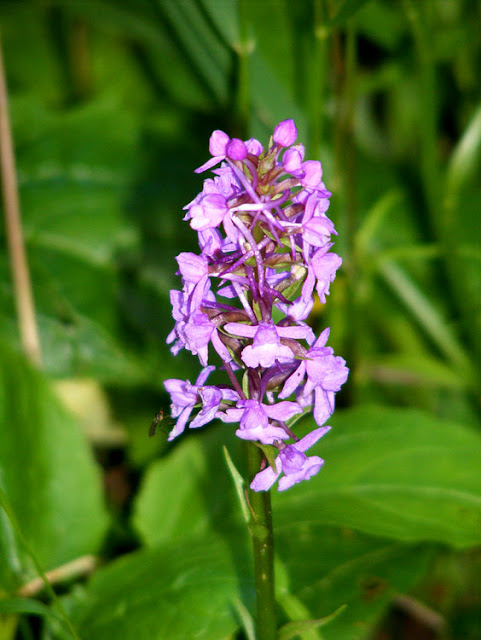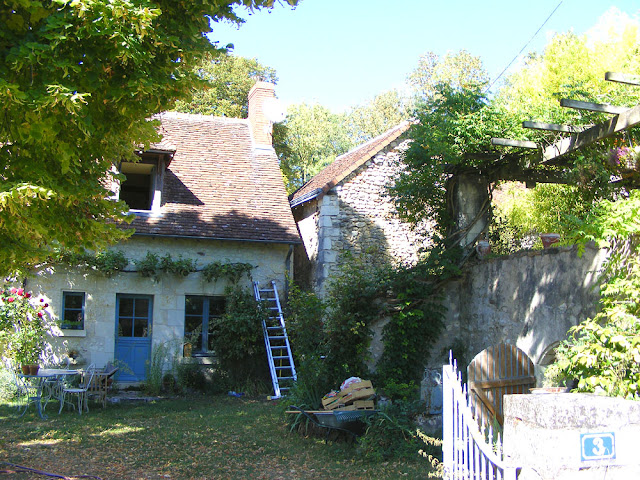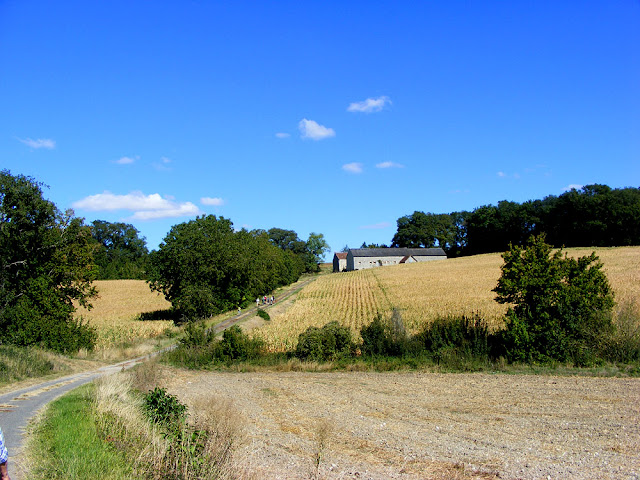Red tops mean full fat in France.

Hopefully. It's a tricky subject and even French people seem confused when you put them on the spot.
This cream contains a seaweed based stabilising gel.
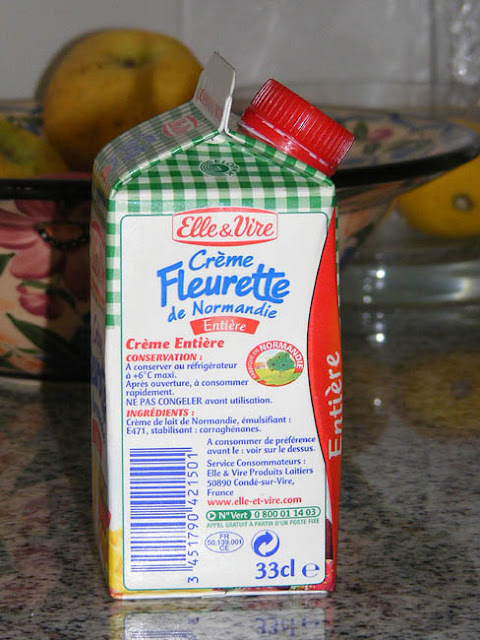
As any anglophone expat or immigrant knows, cream is not just cream in France. In Australia there was just cream. When I moved to the UK I graduated to whipping, single and double cream. Easy enough. Whipping cream is for, you guessed it, whipping. Single is for pouring and double is for dolloping. The range of cream on the shelves in France is much bigger again. For anyone who did not grow up with it, it is confusing. More importantly, despite the ubiquity of Chantilly cream in France, French cream is notoriously tricky to whip. For Australians wishing to make pavlova, this causes some angst.
Take no notice of the 'Flavour of 2011' logo. Companies pay
to use this 'certification' on their products.
to use this 'certification' on their products.

And now for some French cream terminology:
Crème: must have a minimum fat content of 30% to be called crème or crème entière. If the fat content is lower a product must use a descriptor such as légère or allegée or not use the word crème at all.
Crème fraîche: always pasturised, and usually has a lactic culture added. This makes it ever so slightly sour tasting, lengthens its shelf life, thickens the cream and means it does not separate when heated. Its fat content is around 40%. Used for dolloping and cooking. Only found in the chiller cabinet. It is not the same as the anglophone sour cream.
Crème crue: always unpasturised, with no lactic culture added. This is what I generally buy, as my local laitière (dairy farmer) delivers it to the house. Fat content is about 40% and this is the closest to double cream.
Fleurette: originally the cream that rose to the top of the milk, but it has been adopted by the dairy industry to indicate cream that does not have a lactic culture added. There are no rules about its use, so read labels carefully before buying. It can have a fat content as low as 5%. Usually crème fleurette is 30-35% and used for whipping, fleurette is 20% and used for pouring, creme fleurette légère is 5-15%. It often contains stabilising gels.
Liquide: pasturised or UHT cream that has a fat content of at least 30%, and has not had a lactic culture or thickener added. Often used synonymously with crème fleurette by cooks.
Fluide: there are no rules covering this term, but usually means crème fraîche with a lower fat content, around 30%.
Epaisse: 'thick' or 'thickened', usually with a lactic ferment. Often used synonymously with crème fraîche by cooks. Can be found in the chiller cabinet or as a UHT product.
Légère: 'light', products with a fat content of less than 30%, usually somewhere between 15% and 5%.
Fouettée: 'whipped'.
Chantilly: sweetened whipped cream flavoured with vanilla and stabilised with gums. You can buy packets of 'Chantilly mix', which contain the sugar, flavouring and stabilisers to add to your crème liquide / épaisse / fleurette for whipping success.
The astuce gourmande is to take the cream out of
the fridge at the last minute before whipping.
the fridge at the last minute before whipping.
 The Golden Rules of Whipping French Cream:
The Golden Rules of Whipping French Cream:1. Use a big enough bowl because the cream will double in volume.
2. Use a crème liquide with a fat content of 30%. A crème légère does not have enough fat to hold the air bubbles, a richer cream will not make much volume.
3. Everyone agrees the cream must be well chilled and if you are feeling really serious, put the bowl and the whisk in the freezer for 15 minutes before you start.
4. You can use cream with a higher fat content, but add 15% milk to thin it down. That's about 2 tbsp per 250ml pot of cream.
5. If you sweeten with icing sugar you can add it at any time. If you sweeten with granulated or castor sugar, add it at the very beginning to ensure it dissolves completely. Sugar added at the end allows you to add a little less, and results in a less yellowy coloured whipped cream.
6. French chefs habitually add stabilising gums such as a pinch of gum arabic or tragacanth at the end, but the sugar also acts as a stabiliser, as does chilling.
Dairy products (milk, cream and cheese) from my local dairy farm.
For details of our
private guided tours of chateaux, wineries, markets and more please
visit the Loire Valley Time
Travel website. We would be delighted to design a tour for you.
*****************************************
This is a refreshed post from December 2011.




















